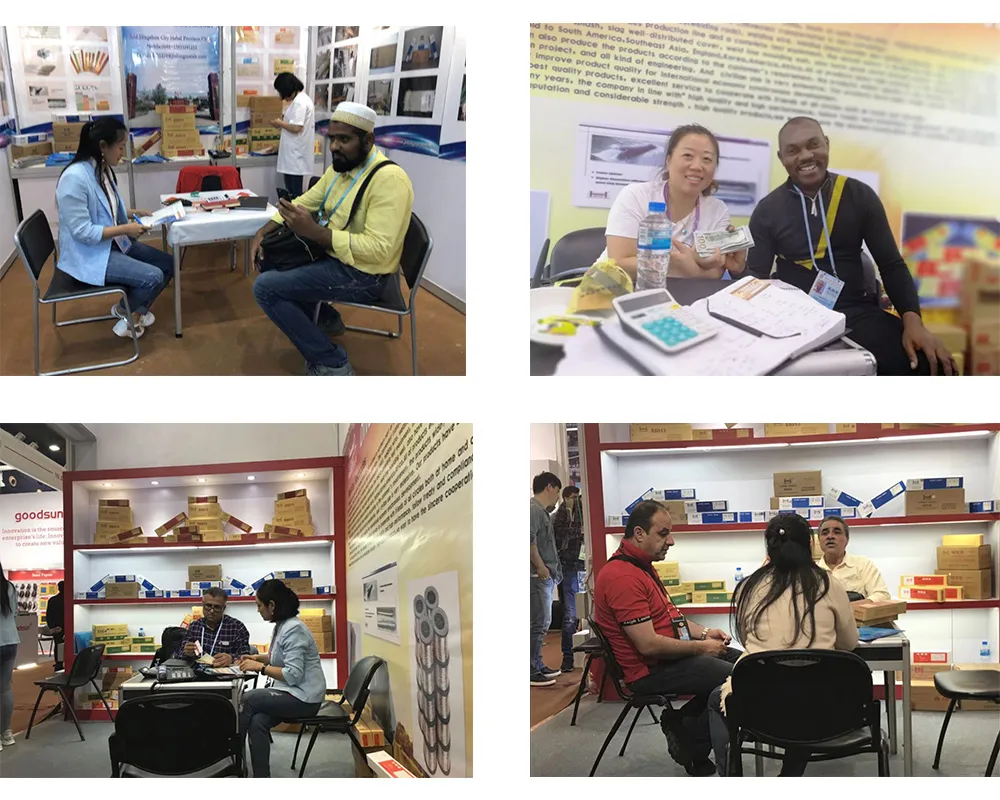which welding rod used in cast iron
Mrz . 05, 2025 01:34
Selecting the right welding rod for cast iron is crucial to ensure strong, durable joints that maintain the integrity of the piece. While welding cast iron can be challenging due to its brittle nature and propensity for cracking, understanding the right electrode choice can empower both novice and seasoned welders alike to achieve superior results.
Welding cast iron successfully with these electrodes involves more than just the right rod choice. Follow these key techniques for optimal performance 1. Preheat and Post-Heat Gradually heating the cast iron before welding helps reduce thermal shock, and post-heating allows for controlled cooling, minimizing the risk of cracking. 2. Short Welds and Peening Short, controlled welds distributed evenly across the joint prevent heat build-up. Peening the welds as you go can also help to relieve stress. 3. Slow Cooling Allowing the welded cast iron to cool slowly, ideally in an insulated environment, prevents rapid contraction that can lead to cracks. 4. Cleaning and Preparation Ensuring the base metal is clean and free from contaminants is essential. Grind out any damaged material to create a fresh surface for a productive weld. Trust and Credibility in Selecting Welding Rods The choice of welding rod reflects not just the technical requirements of the task but also considerations of reliability and trust in the products and processes used. Utilizing trusted brands and consulting industrial standards and expert recommendations reinforces the welding process's credibility. In addition to product choice, continual professional development—staying updated with the latest industry practices and material innovations—is crucial in maintaining expertise. Engaging with professional welding communities and forums also provides a wealth of experiential knowledge, highlighting practical insights and personal testimonies from seasoned welders. Conclusion Achieving success in welding cast iron involves a combination of selecting the right electrode and implementing meticulous welding techniques. Nickel-based electrodes stand out for their compatibility and ease of use, while steel-based options cater to specific project parameters and budget considerations. By fostering expertise through knowledge, experience, and community engagement, welders can confidently and effectively tackle the complexities of cast iron welding, resulting in robust and reliable welds that stand the test of time.


Welding cast iron successfully with these electrodes involves more than just the right rod choice. Follow these key techniques for optimal performance 1. Preheat and Post-Heat Gradually heating the cast iron before welding helps reduce thermal shock, and post-heating allows for controlled cooling, minimizing the risk of cracking. 2. Short Welds and Peening Short, controlled welds distributed evenly across the joint prevent heat build-up. Peening the welds as you go can also help to relieve stress. 3. Slow Cooling Allowing the welded cast iron to cool slowly, ideally in an insulated environment, prevents rapid contraction that can lead to cracks. 4. Cleaning and Preparation Ensuring the base metal is clean and free from contaminants is essential. Grind out any damaged material to create a fresh surface for a productive weld. Trust and Credibility in Selecting Welding Rods The choice of welding rod reflects not just the technical requirements of the task but also considerations of reliability and trust in the products and processes used. Utilizing trusted brands and consulting industrial standards and expert recommendations reinforces the welding process's credibility. In addition to product choice, continual professional development—staying updated with the latest industry practices and material innovations—is crucial in maintaining expertise. Engaging with professional welding communities and forums also provides a wealth of experiential knowledge, highlighting practical insights and personal testimonies from seasoned welders. Conclusion Achieving success in welding cast iron involves a combination of selecting the right electrode and implementing meticulous welding techniques. Nickel-based electrodes stand out for their compatibility and ease of use, while steel-based options cater to specific project parameters and budget considerations. By fostering expertise through knowledge, experience, and community engagement, welders can confidently and effectively tackle the complexities of cast iron welding, resulting in robust and reliable welds that stand the test of time.
Related Video
Copyright © 2025 Dingzhou Jinlong Metal Production Co., Ltd. All Rights Reserved. Sitemap | Privacy Policy




























